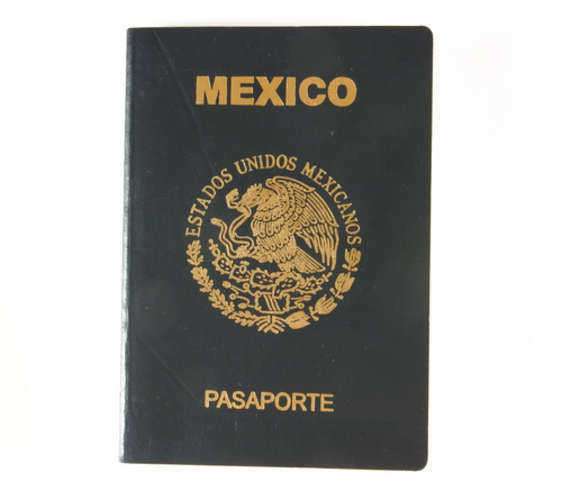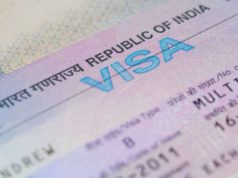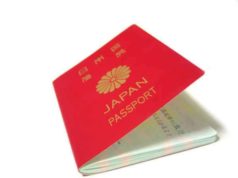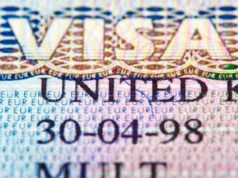
Visas to Mexico: Everything you need to know before you go
If you are planning a trip to Mexico, it’s important to understand the visa requirements for your country before you go. While some nationalities can easily enter the country as tourists without obtaining a visa, others will need to apply for a visa before traveling. In this article, we’ll explore the different types of visas to Mexico, who needs them, and how to apply for them.
Types of visas to Mexico
There are several types of visas to Mexico, depending on the purpose of your visit. The most common types of visas are:
1. Tourist visa (FMM)
2. Visitor visa without permission to perform remunerated activities (Visitante sin permiso para realizar actividades remuneradas)
3. Temporary Resident visa (Residente Temporal)
4. Permanent Resident visa (Residente Permanente)
1. Tourist visa (FMM)
The tourist visa, also known as the Forma Migratoria Multiple (FMM), is the most common type of visa for visitors to Mexico. It allows visitors to enter Mexico for tourism or leisure purposes for up to 180 days without the need for a formal visa. The FMM is a document that must be filled out and stamped by an immigration official upon arrival in Mexico. It is usually given at no cost and is valid for a single entry.
Who needs a tourist visa?
Citizens of over 60 countries, including the United States, Canada, and the United Kingdom, are eligible to enter Mexico as tourists without a visa. However, it’s worth noting that the rules and requirements for tourist visas are subject to change, so it’s always a good idea to check with Mexican immigration authorities before traveling.
2. Visitor visa without permission to perform remunerated activities (Visitante sin permiso para realizar actividades remuneradas)
This type of visa is for people who are visiting Mexico for business or family reasons or to receive medical treatment or attend a conference. It allows them to stay in the country for up to 180 days without the ability to work or receive payment from a Mexican entity. This means that if you are attending a conference or have a business meeting in Mexico but are not being paid by a Mexican company, you don’t need a work visa.
Who needs a visitor visa without permission to perform remunerated activities?
Most nationalities require a visitor visa without permission to perform remunerated activities in Mexico. The application process is done in person at a Mexican embassy or consulate.
3. Temporary Resident visa (Residente Temporal)
A temporary resident visa allows foreign visitors to live in Mexico for up to four years with the ability to work or conduct business. This type of visa can be renewed annually, and after four years, the holder can apply for a permanent resident visa.
Who needs a temporary resident visa?
People who wish to live in Mexico for more than 180 days and either have a job offer, own property, or have a close family member who is a Mexican citizen or permanent resident can apply for a temporary resident visa. Additionally, retirees who receive income from their home country and can demonstrate that they are capable of supporting themselves in Mexico can also apply for a temporary resident visa.
4. Permanent Resident visa (Residente Permanente)
A permanent resident visa allows foreign visitors to live in Mexico indefinitely with the ability to work or conduct business.
Who needs a permanent resident visa?
People who either have close family members who are Mexican citizens or permanent residents, or who have been living in Mexico under a temporary resident visa for four years, can apply for a permanent resident visa.
How to apply for a visa to Mexico
The process to apply for a visa to Mexico varies depending on the type of visa you need and your nationality. In general, the process involves the following steps:
1. Research: Start by researching the specific requirements for your nationality and visa type. The Mexican embassy or consulate in your home country can provide this information. You can also find information on the Mexican government’s website.
2. Gather documents: Once you know the requirements, gather all the necessary documents, including your passport, photographs, application forms, and any supporting documents (such as proof of income, job offer, etc.).
3. Make an appointment: You will need to make an appointment at the Mexican embassy or consulate in your home country. You can usually do this online through the embassy’s website.
4. Attend the interview: You will be required to attend an interview at the embassy or consulate. During the interview, you’ll need to provide all the necessary documents and answer any questions the immigration officer may have.
5. Pay the fee: You may be required to pay a fee for your visa application. The fee varies depending on your nationality and visa type.
6. Wait for processing: After submitting your application, you’ll need to wait for the embassy or consulate to process your visa. The processing time can vary, so it’s a good idea to apply well in advance of your planned travel dates.
Visa requirements during COVID-19
COVID-19 has had a significant impact on travel around the world, and Mexico is no exception. The Mexican government has implemented several measures related to visas and travel during the pandemic. Here’s what you need to know:
1. Tourist visa (FMM)
As of June 2021, foreign visitors can enter Mexico as tourists without a visa. However, it’s important to note that some COVID-19 testing requirements may be in place, and travelers may be subject to health screenings and other restrictions upon arrival.
2. Visitor visa without permission to perform remunerated activities and Temporary Resident visa
The Mexican government has suspended the processing of new visitor visas without permission to perform remunerated activities and temporary resident visas at consulates and embassies overseas until further notice.
3. Permanent Resident visa
The processing of permanent resident visas is currently continuing as normal.
Conclusion
Visa requirements for traveling to Mexico can be complex, but with the right research and preparation, the process can be relatively straightforward. Make sure to check the latest requirements and restrictions related to COVID-19 before booking your trip. By understanding the different types of visas available and the application process, you can ensure a seamless and stress-free journey to this beautiful country.
In the minds of most Americans, the association between the words “Mexico” and “immigration” is likely to conjure up images of illegal immigrationimmigration lawborderWhile America should by no means unconditionally exonerate its neighbor to the south of its role to help guard against population flux between the two nations and improve its (Mexico’s) financial status, it can help to carry the load and honor those who have entered the country on legal terms via an international visa.
Though illegal immigration is the primary concern of many, Mexicans and Canadians alike do immigrate to the United States by legal means, often as a stipulation of the North American Free Trade Agreement, or NAFTA. As for relocation of American nationals onto Mexican soil, essentially the reverse of the previous situation, this much does frequently occur.
In the way a visa is often needed by someone coming to America from Mexico, visa documentation is also a requirement for those American nationals temporarily staying in Mexico. Visa services and fees may be rendered for a number of different travel purposes across our southern border. Important details in the quest to obtain an international visa to Mexico include:
1. Tourist cards – If you stay within the Border Zone, a stretch of some 10 miles extending into Mexico, and/or spend no more than a day or weekend in Mexico, visa services will not have to be rendered. As is the case with travel between the United States and other countries, sometimes an international visa is not necessary, and a valid passport will be sufficient. If the terms of distance or time spent are to exceed the prescribed terms of the Mexican government, on the other hand, a Tourist Card or Tourist Migration Form will need to be filled out and paid for. This will ensure you six more months of travel to and from the United States and functions as a multiple-entry international visa.
2. Special requirements for residence/work visa
3. Special requirements for a student visa




























